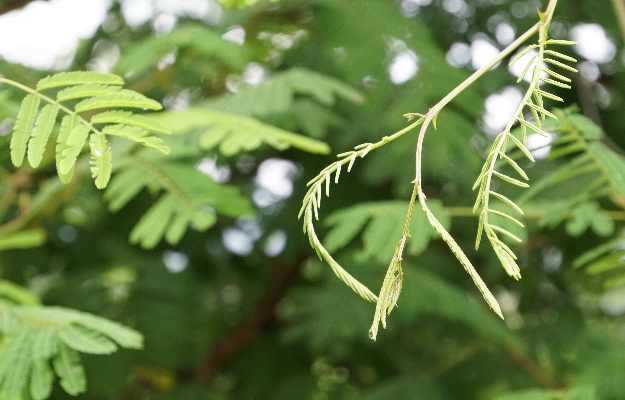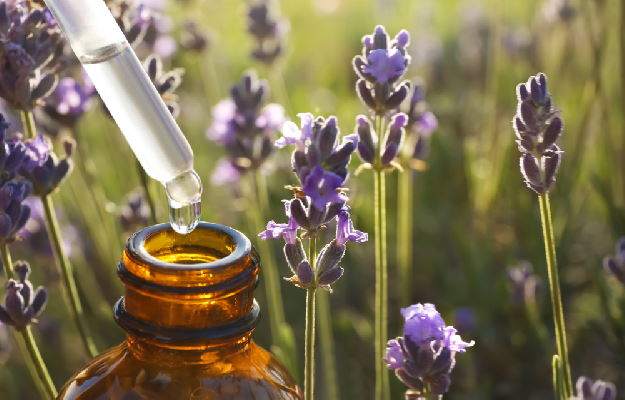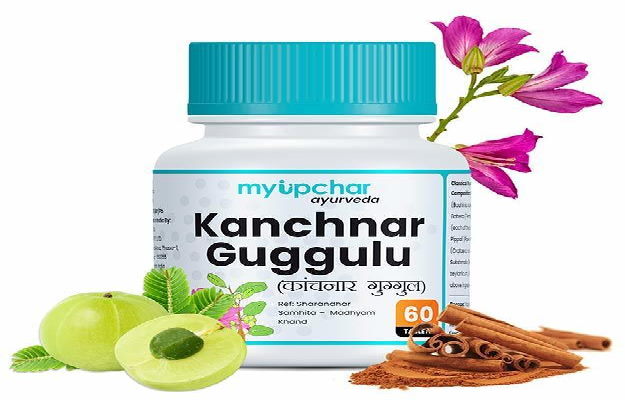Khadira, also called Acacia catechu or simply catechu, is a perennial tree known for its myriad uses and health benefits.
Acacia seeds are considered to be a good source of protein. The extract obtained from the Acacia plant, called kattha, is an important ingredient of a paan. This plant is also used as fodder for animals.
Acacia catechu is traditionally used for the treatment of conditions like mouth sores, diarrhoea and dysentery, stomach problems and cough. It is also suggested to possess antihyperglycemic (reduces blood sugar levels) and antimicrobial properties.
Some basic facts about khadira:
- Botanical name: Acacia catechu, Senegalia catechu, Acacia sundra, Mimosa chundra
- Family: Fabaceae
- Common name: Black catechu, cutch tree, cachou, Khair, katha, Kachu, Krangali, balapatra, Kadirkasth
- Sanskrit name: Raktasaar, Khadira
- Parts used: Bark, leaves, shoot
- Geographical distribution: Khadira plant is widely distributed all over Asia. However, it is native to India, Pakistan, Bangladesh and Thailand. The plant is found in mixed deciduous forests and in the hills and lower mountains. It grows well in dry areas, sandy soils and in river banks and watersheds.


































